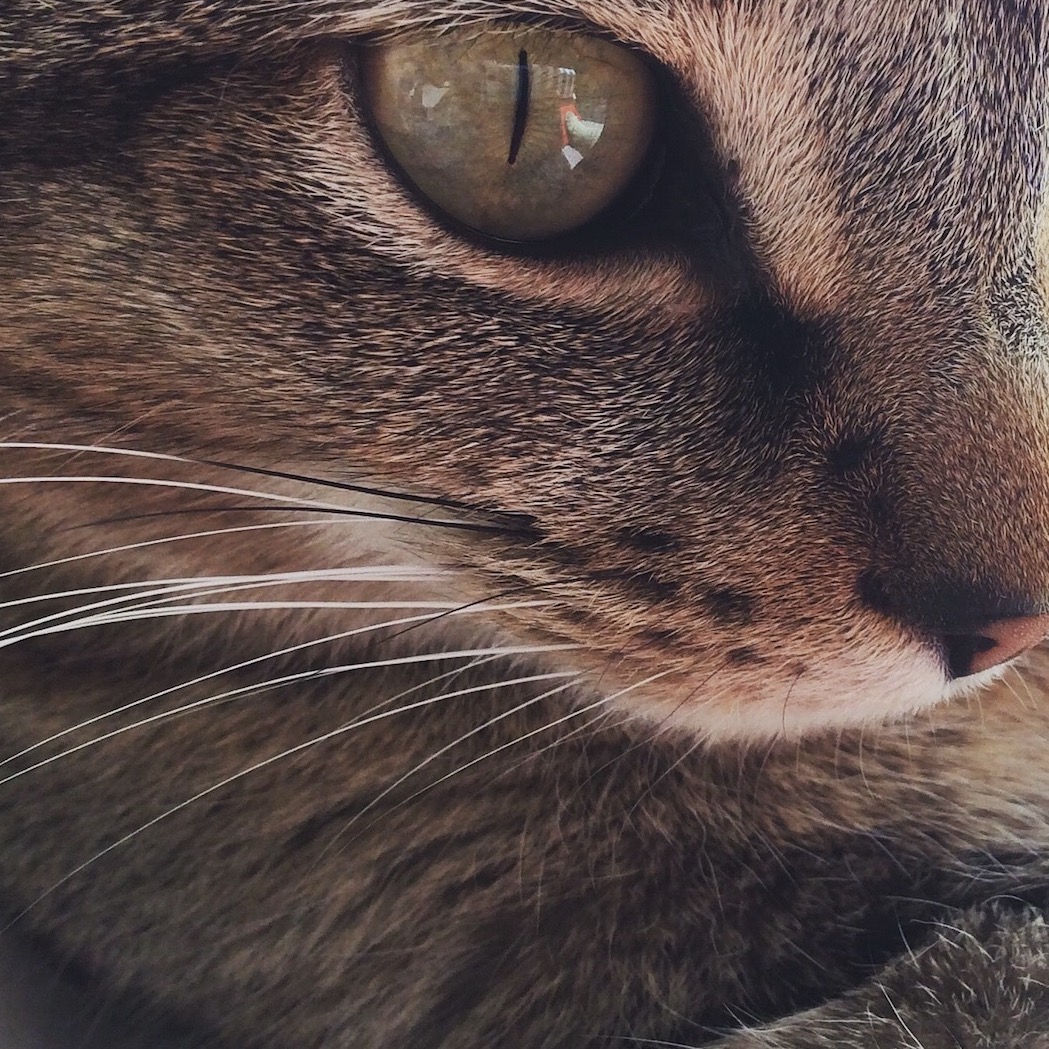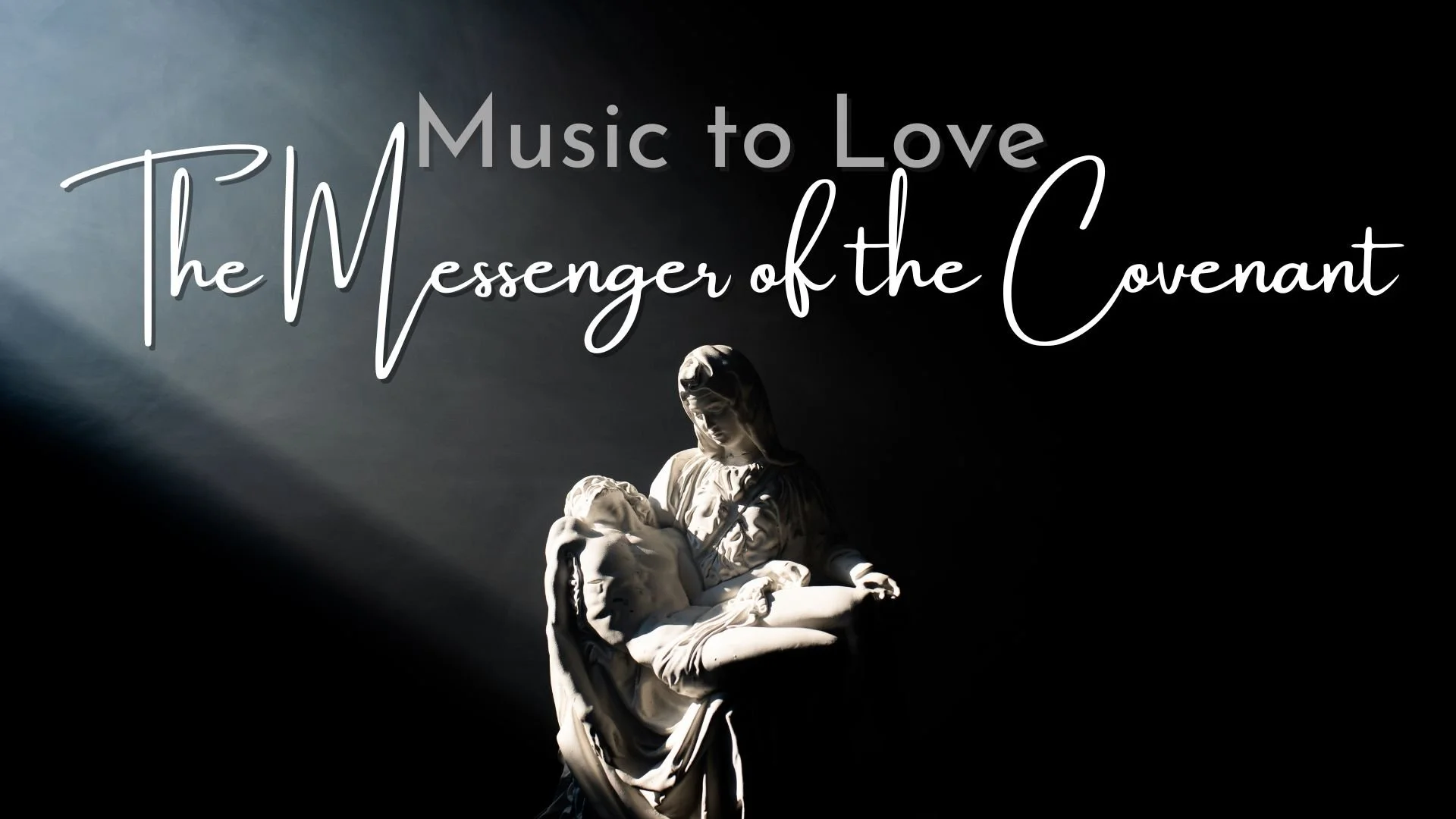The Quest for Liberty
The reason we study history is so that we do not forget what has gone before us. Mankind's past is humanities current inheritance; therefore, it is important to study it and give attention to understanding and learning from it.
I have been spending a great deal of time doing historical reading- true life accounts, primary documents, biographies, essays, etc. I’ve jumped around to different time periods, but mainly I’ve been reading about the quest of Liberty- starting with the American Revolution and ending with a focus in World War II.
In the course of all this reading, I have found my love for America and her unique history rekindled.
One of the stories I encountered in all this reading has given me much to think on, particularly in light of many things unfolding in the world today. Before I elaborate on the specifics, I believe it’s important to do a quick, cursory refresher of the history in order to set the framework for the story I wish to relate.
At the beginning of World War II, the 3rd French Republican government stood against the Nazis with their allies. However, when the Nazis successfully invaded France in 1940, that government was dissolved and the Vichy government formed. While it was maintained that Vichy was an independent state, they did fully collaborate with the Nazis, a dark mark on any nation’s past. France was divided into two primary zones, the Occupied Zone in the north, which was occupied by the Nazis, and the Free Zone in the south, which was not.
Chavaniac, the small province where Lafayette’s chateau is located, was in the Free Zone. At the time of WWII, the chateau was a fully functioning school, orphanage, preventorium, and dormitory. As I referenced in my post, The Hero of Two Worlds, the spirit of liberty that Lafayette embraced in his life was very much alive still within the walls of his chateau. While Vichy embraced more authoritarian control, encouraging xenophobia, anti-Semitism, and complete, unquestioning allegiance to the State and her decrees, mandates, and laws, the chateau made it very clear that they would not discriminate against any child brought to their door. We do know that during the war, they took in numerous Jewish children and were instrumental in getting those children to safety.
The start of tyranny is often subtle and seemingly passive. Tyrannical governments don’t institute their most heinous acts from the outset. Instead, through cultural propaganda, they convince their subjects to comply. The Nazis didn’t put Jews and dissenters in concentration camps first; no, they convinced the people of Germany that the Jews were dangerous through propagandized fear and disinformation (such as they carried diseases and posed a threat to the health of society at large). This allowed them to first insist that their medical papers bear the mark of the Juden star and they had to carry those papers in order to do basic transactions within society. Starting here, they could be denied service or employment; history records this discrimination occurred within the public and private sectors. That wasn’t enough, though. Quickly it progressed. If a Jew wished to enter society, they had to sew that star on their clothes where it could be seen immediately. This allowed more encroachment into their personal liberty. Then they were all rounded up and made to live in specific areas, known as ghettos, where what they could eat, who they could socialize with, and every other element of their lives was controlled by the state. Accounts record that basic needs, such a fuel to warm their homes was denied them in winter, as well as meat. In some case, their access to clean water was prohibited as well, allowing for rampant infection and disease to sweep through the ghettos. One would think these unthinkable conditions would have tugged on the heartstrings of a majority of people. Yet, they did not. Most people turned their eyes away and continued to live their lives, happy that they were not the ones made to suffer. So, when the Jews were rounded up and moved to work camps, which were actually concentration camps, it was simply another thing to which much of society turned a blind eye. This progression took time, but the fact that it was able to occur is something of which we should all take note.
Now, back to Chavaniac and the Auvergne district. When Vichy assumed power, they knew that in order to implement their authoritarian measures, they needed to redefine what freedom was.
It is not enough to introduce a new idea to combat the pre-existing one. While the new idea will gain ground with the youth and may even convert some, it will not eradicate a idea that is rooted in truth. The innate desire each person possesses to be free and exercise self-determination is something that is not easily extinguished.
You can’t muzzle that sort of idea. It must be uprooted, burned out, destroyed. And that’s how Vichy, and subsequently the Nazis (and any totalitarian government before and after) did it.
Where did Vichy start? With Lafayette. In France, he was the champion of true freedom. Vichy took keen interest in what history was taught in the schools to children. Curriculums were quickly rewritten to reflect the tone and mood the government wanted their people to embrace. Any mention of Lafayette, the Declarations of the Rights of Men and Citizens, the American Revolution, the French Revolution, republicanism, and similar events and ideas were expunged from their history books or taught in a disparaging light.
What could that really accomplish, you may be asking yourself. Well, while the French Resistance has been romanticized, primarily by Hemingway’s For Whom the Bell Tolls, history has recorded that 90% of the French people went along with Vichy and their collaboration with the Nazis. Ninety percent. Which means that only 10% of the population actively participated in the underground movement. Those are damning numbers. Couple that with the long term game that Vichy and the Nazis had, which was winning the war and imposing their lifestyle permanently on the people, and it’s truly a frightful prospect.
Ronald Reagan said:
Vichy and the Nazis understood this. Get rid of the parts of history we don’t want people thinking about, control the information they have and what they are exposed to, and you can ultimately control the way they think, how they act, and what they will accept. That’s frightening.
When coupled with the cultural propaganda churning out of the government at that time, filled with fear and misinformation, people found themselves turning a blind eye when their neighbors were targeted, discriminated against, segregated, and ultimately carted off to work camps. Worse, there were those who self-righteously turned in their neighbors who were breaking the laws of the land by housing Jews and dissenters.
Now, on to the story that captured my attention. Once the fascist government of Vichy fell to Germany, the Nazi occupation was complete.
It is December 1943 in Le Puy en Valey, a town in Auvergne near Chavaniac. Christmas Eve, to be precise. The Nazis are taking the next logical step from what Vichy started. They are pulling down a statue of Lafayette. They are going to melt it down and use the metal for ammunition. The people throughout all the departments in Auvergne are seething with rage. They cannot let the Nazis do this.
When faced with the atrocities the Nazis committed, one would offer caution. It’s only a statue, after all. But to the people in the departments of Auvergne specifically and France in general, Lafayette and his statue are a symbol of freedom and liberty. In the face of those who would strip individuals of their right to exercise their conscience and self-determination, the Lafayette statue is a symbol of resistance. No doubt Lafayette’s own words echo in their hearts and minds:
Resisting the Nazis is a dangerous business. Certainly, that was true under Vichy, but now it’s doubly true. The Nazis are occupiers and do not have any sympathy with the people they have conquered.
So, the townspeople watch as ropes are thrown all around their beloved Lafayette and he is pulled from atop his marble pedestal. The Nazis do not merely leave him on the ground. They wrap the ropes around the statue, the symbol of liberty, bound and gagged, and drag it into the gutter.
However, Providence is on the side of liberty and the Nazis hit a snag. The truck which they have designated to carry the statue to the forge is too small. Another must be commissioned. As so often is the mark of cowards, the Nazis have passed the burden of removing the statue from Le Puy en Valey to local French gendarme (policemen). Rather than cart the statue out of the town in the face of irate townspeople, they will have the gendarme come in the night and remove the statue.
Here is where the Resistance comes in. While we might consider the Resistance as men and women engaged in battle with the Nazis and their sympathizers, the Resistance was far more than that. The people who made up its ranks understood that it was not merely physical resistance that is necessary, but acts of bravery that remind the people who are too fearful to act themselves why it is important that they stand up and take a side.
Somehow the replacement transport truck scheduled to take Lafayette’s statue to the forge is rendered inoperative. The general consensus is that it was sabotaged, perhaps by a patriotic nationalist gendarme. We do not know the name of the person or persons directly responsible; we simply know that it happened.
In the ensuing time, a band of Resistance fighters disguised as gendarme rescue their beloved Lafayette. When the transport truck finally arrives in the dead of night in Le Puy en Valey, the statue no longer lays in the gutter. It is nowhere to be found.
For the people of Auvergne, it is a Christmas miracle.
It would be another grueling nine months before these people would be liberated by the American forces. Yet, on that Christmas in 1943, a taste of freedom has whetted the people’s appetite for more.
Those in the French Resistance responsible for the feat begin calling themselves The Secret Army of Lafayette. Over a century since he last drew breath on the earth, and Lafayette’s life still has lasting impact. This is because he lived a life fully sacrificed to the quest for liberty. From the moment he encountered the principles penned by the Founding Fathers of America, he was irrevocably lost to the cause of freedom. Lafayette’s sacrifices are too many to count. Men and women lost their lives because they stood with him. His own family was almost destroyed because he would not renege on what he knew to be true.
The same is true for every man who affixed his signature to the Declaration of Independence. These men and their families were champions of liberty for the ages. And while today we might quibble with some of their actions and ideas as out-moded, incorrect, or bigoted, the fact remains that their championing of freedom is what inspired the subsequent generations to take up arms and fight to keep it.
“We hold these truths to be self-evident, that all men are created equal, that they are endowed by their Creator with certain unalienable Rights, that among these are Life, Liberty, and the pursuit of Happiness. That to secure these rights, Governments are instituted among Men, deriving their just powers from the consent of the governed,—That whenever any Form of Government becomes destructive of these ends, it is the Right of the People to alter or to abolish it, and to institute new Government, laying its foundation on such principles and organizing its powers in such form, as to them shall seem most likely to effect their Safety and Happiness.”
These words were the marshaling call for the colonists during the American Revolution. They were echoed at the start of the French Revolution when true liberty was sought. And they have been echoed over again and again whenever an oppressor has sought to impose their will upon those who would be free.
This is why we must continue to teach history. The good, the bad, and the unsavory bits. All of it. Every man and woman in the world is multifaceted. None are perfect. Their faults are varied; in the case of some, they are heinous. However, for Lafayette and Washington and Hamilton and Jefferson and many more like them, what they championed is so grandiose and enlarging that where they were imperfect, the principles they established were not. As the people address injustices and ills, the founding documents- our Constitution- allows for amendments to be added that reach for the achievement of a more perfect union.
These amendments could only be added with the aid of the American people. No single president, Congressional body, or judge could enact them. Only the people.
The statue of Lafayette still stands to this day in Le Puy en Valey. It stands there because the people acted. They would not submit to tyranny. This is only one example. History is filled with countless more. The people’s individual names are not known, yet their deeds are a tolling of the Liberty bell and a clarion call in the cause of Freedom. May we always keep our ears and hearts attune to that sound. And may we always be willing to stand and answer its call when it comes.






















































